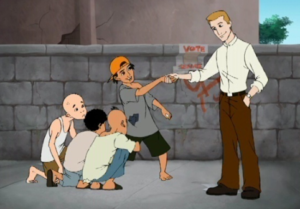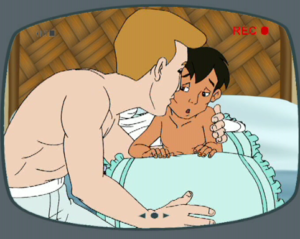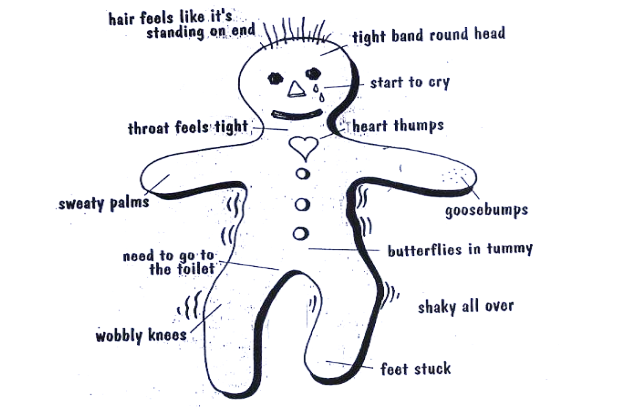Identifying Child Sexual Abuse: Kinds of Touches
Teaching your students the kinds of touches is one of the basics of prevention of child sexual abuse. It empowers the child to be self-aware, to trust in their own feelings and seek help if they sense they are at the risk of abuse.
There are 3 kinds of touches that you need to teach your child:-
Safe Touches are touches that give the receiver of the touch a feeling of being safe, supported and happy. A handshake is a common example of a safe touch.
Unsafe touches are ones that violate the privacy, safety and dignity of the receiver of the touch. Unsafe touches are abuse in nature. Fondling the private parts of a child in an example of an unsafe touch.
Confusing touches are those touches that may make the receiver of the touch feel uncomfortable, uneasy or creeped out. They may seem like safe touches but they violate the idea of ‘consent’. They maybe touches to parts other than the genitalia but still suggest sexual intent. Brushing against the small of your back, slow running of the fingers through hair are some examples.
Touching Process:
The touching process usually refers to the process which perpetrators follow so as to sexually abuse children. They start with a safe touch, then slowly transition into confusing touches.
Based on the reaction of the child to the confusing touches, they decide whether to proceed to a unsafe touch or not. Thus is it very important to teach children the concept of a confusing touch, how to detect it and how to tell someone about it.
Note: The sole authority in deciding the nature of the touch (safe, confusing, unsafe) is the receiver of the said touch. i.e. in this scenario, the child. You may see a person touching a child’s hair and think it’s a safe touch but if a child comes and tells you that she/he felt unsafe, you have to believe the child.
When children experience unsafe situations they might feel some of the early warning signs illustrated above. It is important for us to tell them that as soon as they feel any of these signs above, they need to run from that place and tell a trusted adult.
Why we prefer the terms safe, unsafe & confusing over ‘good touch’ & ‘bad touch?
Several Resources use the terms ‘good touch’ and ‘bad touch’ when talking about teaching touch and touching rules to your child. However, these terms are absolute, with a potential for being judgmental and prejudiced.
eg:- A child who experiences abuse may process the ‘bad touch’ as something ‘bad’ that has happened to him. This bring an additional and unnecessary trauma and guilt for the victim who may already be dealing with enough of those emotions. Also, what is considered ‘bad touch’ at childhood can, once the child grows up, be considered as consensual regular romantic conduct in an adult relationship.
Thus, it is not sustainable or even right to term the behavior as ‘bad’ at an impressionable age. (click here to read more on it)
All illustrations on the page courtesy: Stairway Foundation












